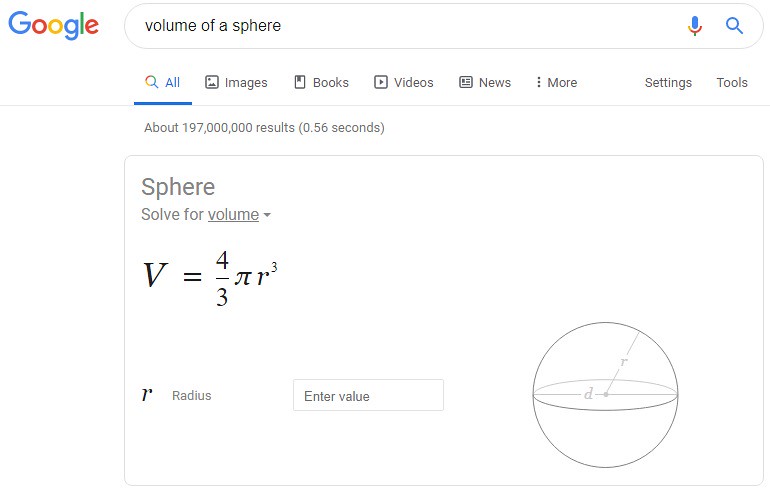The Women's FIFA World Cup just finished last week. Members of the United States have been celebrating a great (and well deserved victory). Although, the story which has caught fire in the news is of the U.S. team co-captain Megan Rapinoe serving up her thoughts on the group visiting the U.S. White House. I applaud her for the advocacy that she has been pursuing over the last few days. Especially with regard to equality on gender and race issues. The current blog post is regarding another issue in soccer.
There are many aspects to the FIFA World Cup which go unnoticed. One significant point is the actual soccer ball. How are FIFA soccer balls certified? What measurements must be made to be certified with the FIFA World Cup logo? I will explain below.
7 Essential Measurements of a FIFA Soccer Ball
According to 'FIFA TV,' there are 7 measurements that a world cup soccer ball has to test to be considered a 'successful test' as shown in the video below (total length less than 2 minutes):
There are seven essential tests done on every soccer ball used in the FIFA World Cup:
(1) Circumference
(2) Sphericity
(3) Shape and Size Retention
(4) Water Absorption
(5) Weight
(6) Loss of Pressure
(7) Rebound
(1) & (2) -- Starting with the first and second measurement: Circumference and Sphericity.
The FIFA soccer ball is measured at 4,500 different points on the ball to ensure that the ball is spherical in shape with a constant circumference. The equation of a sphere along with a circumference of a ball are shown below:
A computer program measures the diameter (diameter = 2 x radius) and calculates the volume and circumference of a soccer ball. This is accomplished by measuring over 4,500 points on the soccer ball itself. Wow!
(3) Shape and Size Retention:
After critically examining (measuring) the sphericity of the soccer ball, next is a robotic cage in which the soccer ball is launched against a metal (steel) plate. Upon bouncing off the plate over 2,000 times, the ball is again measured for size and shape retention. This can be accomplished measuring the volume and circumference as done in steps (1) and (2).
(4) Water Absorption:
To test for water absorption, the soccer ball is compressed 250 times into a water bath, then weighed. In the next test, which is weight, the ball is weighed 3 times, and the average is taken. This highlights the precision and time taken to ensure that each soccer ball is up to specifications. Any water absorption could result in unexpected reactivity to a players game.
(5) Weight:
As stated above, anytime a weight is taken, the average of three measurements is recorded. This ensures accuracy.
(6) Loss of Pressure:
Each soccer ball is pumped up with air to the specified pressure and then left of sit for 24 hours. After which, the ball is checked for any air loss. Any air loss would make the soccer ball react differently during a given game.
(7) Rebound:
To test for a consistent bounce, each soccer ball is tested with a robotic instrument (as shown in the video above). The measurements of a given rebound must be consistent with one another to within the specified variability defined by the FIFA organization. The height of two meters is defined as the rebound height from which the measurement (of a uniform rebound) is made.
What Is Inside a FIFA Soccer Ball?
In a video produced by 'Digg.com' titled "What's inside the World Cup Soccer Ball?" three soccer balls are tested and opened up, as shown in the video below:
Wow.
Upon passing the rigorous seven essential measurements, the soccer ball is given an official "FIFA" stamp of approval. I am amazed at the development of technology to specify such tolerances for a game ball. Think of all of the games in history where an unexpected behavior of a ball has caused the soccer ball manufacturer to return the drawing (research & development) table to optimize the production of soccer balls.
The next time that you find yourself engrossed in watching a soccer game, you can refer back to this blog post and consider the extra time and effort which comes along with certifying each soccer ball used in the FIFA World Cup. Chances are that you will not ever view the game the same way that you had previously. Instead, you may find yourself thinking more about all of the various parameters which go into a given soccer game. Enjoy the brain candy!
Related Blog Posts:
1) Dimensional Analysis Of Statistics And Large Numbers - Index Of Blog Posts
2) Science Topics, Thoughts, and Parameters Regarding Science, Politics, And The Environment!



No comments:
Post a Comment